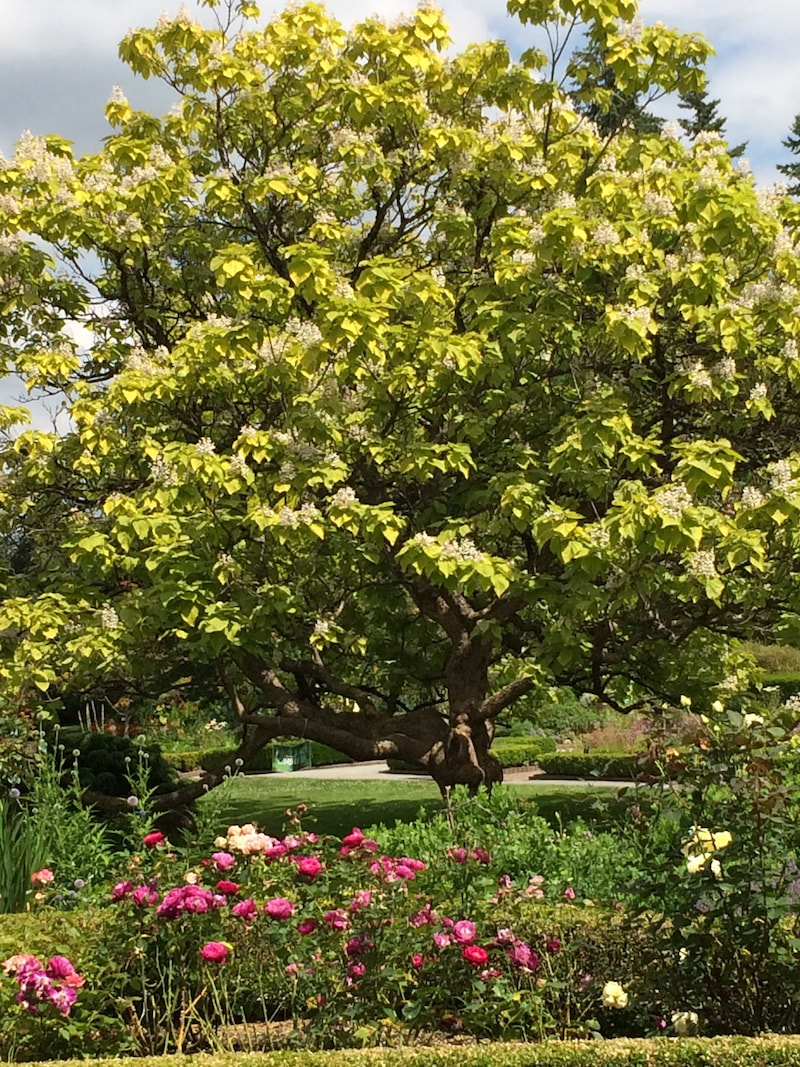

While these are planting guidelines for the Pacific Northwest, a better barometer of what to plant and when to plant outside is if soil temperatures are 40 degrees F. In many regions root veggies such as beets, carrots, and radishes can be direct sown. March planting in the northwest should include planting your asparagus and rhubarb crowns, horseradish, onions, leeks, and shallots as well as potatoes. Plants that can be direct sown outside in Pacific Northwest gardens include arugula, lettuces, mustard, and spinach. Veggie plants to start indoors, or outdoors depending upon outdoor weather conditions, include: Depending upon where you are located, March planting in the northwest may mean direct sowing of seeds or starting seeds indoors. Otherwise, it’s definitely time to focus on the vegetable garden. Now is the time to make your selection on these items as well as early spring perennials to plant, like creeping phlox. What to Plant in March?īy March in milder regions, some nurseries are open and selling bare-root and potted perennials, seeds, summer bulbs, rhubarb and asparagus crowns, and other plants potted or in burlap. Factors that can vary include your exact location and microclimate, the weather of course whether you plant in black plastic, have a greenhouse, use cloches, low tunnels, etc. The following northwest planting guide is just that, a guide. About the Northwest Planting GuideĪlong with other garden related chores, March is planting time in the northwest. Each area of the region may be quite dissimilar regarding planting times so it’s a good idea to consult with your local Master Gardeners or nursery prior to planting. The Pacific Northwest covers a lot of ground from mountains to coasts and arid landscapes to rainforests. Want to know what to plant in March? The following northwest planting guide contains general information on what to plant in March. Black Mondo Grass adds the perfect dramatic touch, arching gracefully over the edges.March planting in the northwest United States comes with its own set of rules for a couple of reasons but nonetheless, there are some general guidelines for Pacific Northwest gardens. Variegated foliage and contrasting colors in the "filler" plants at the base are a perfect complement to the berries that grow on Callicarpa (Beautyberry) in the fall.

If you need plants for a sunny spot, this container has it all. The most important thing is simply to have fun and play around with plant combos to create a container garden that suits you! While there is usually a clear "thriller" plant, "fillers" and "spillers" can be more ambiguous, and certain plants can fill both roles. Each has a "thriller" plant to add height and focus, "filler" plants that make up the body of the container, and "spiller" plants to cascade down or create movement.
#Pacific northwest gardens full
Here are a few mixed container gardens for a wide variety of conditions, from full sun to shade. Not to worry, there are many plants that will thrive as the weather cools and offer you dynamic container gardens that will hold up all winter (even through frost)! We're fortunate to have spectacular scenery around us, and the beginnings of the rainy season bring back the bright hues of green, but sometimes our container gardens begin to feel a little flat after the colorful flowers of summer have faded. Fall is a beautiful time of year in the Pacific Northwest.


 0 kommentar(er)
0 kommentar(er)
